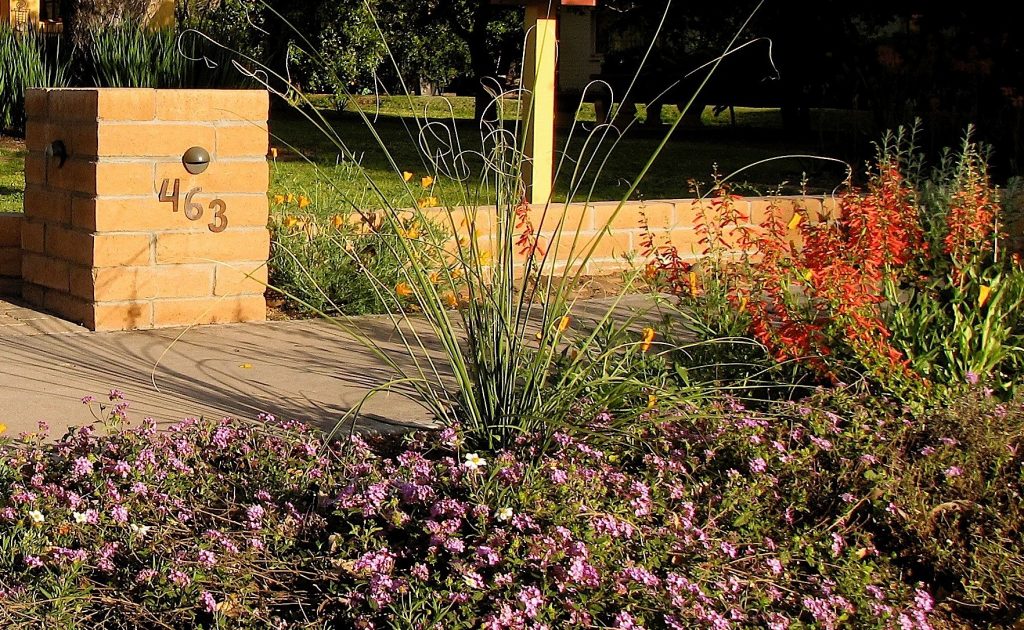Some professional landscapers suggest homeowners design sections of their landscape as they would design each room in their home. This image helps homeowners give their yards dimension with layers of color and texture. Imagine vines as window coverings, group trees and shrubs as if they were furniture, and use groundcover plants as carpeting–a far better carpet than just having gravel. Groundcover can make the difference between a traditional desert yard and the lush look of a professionally designed landscape, which still is low maintenance and low water use.
There are practical reasons to use groundcover plants in a desert garden. These low-growing and sprawling, creeping or clumping plants serve the same purpose as gravel, without radiating excessive heat. Some professionals use both groundcover plants and a thin layer of gravel. Groundcover plants suppress dust and slow evaporation of water from the soil. Groundcover also controls erosion on a slope. Like the flooring in your home, groundcover can bring cohesion to an eclectic design that may have been planted without much thought or by several different homeowners.
Groundcover plants need a bit more care than cactus. The University of Arizona reports that after two to four years many groundcover plants can develop bare spots, perhaps due to weather, watering practices, or a change to older, tougher and less dense foliage. Plan on buying a few more plants every few years to keep the groundcover dense enough to serve its purpose.
Choose the Right Plant for the Right Space
Before you plant large sections of your yard with groundcovers, UA’s Ground Covers for Arizona Landscapes suggests asking yourself a few more questions.
1. What will this groundcover look like in the middle of winter or at the height of summer? Some groundcover plants have an off-season and are sensitive to the cold. Select the toughest plants available, particularly ones that can stand a desert winter.
2. How far and wide will a groundcover plant spread? Don’t choose a fast-spreading flourishing plant for a small or narrow space, particularly along a walkway. That’s just creating work. Don’t assume a grass trimmer will keep a vigorous groundcover in check.
3. Will this groundcover collect debris from trees and shrubs? If you choose a groundcover with thorns or spines it could be tough to rake and keep pretty when planted under trees or with shrubs.
Know When to Plant
Spring is a good time to plant groundcover. After you select your plants at the nursery, keep the soil wet in their containers until you have time to plant them and then plant them in moist soil. These plants have shallow roots so water every two to three days for the first two to four weeks. Once established, water every five to 10 days during the hottest time of the year, but only every three to six weeks in the winter and only if winter rain is sparse.
It’s always best to narrow your selection before you go to the nursery. Visit the AMWUA plant selection guide before your visit and bookmark your favorite groundcover selections on your phone. Several AMWUA cities’ conservation professionals suggested these favorite groundcover plants.
- Gopher Plant or Blue Euphorbia (Euphorbia Rigida) This shrubby evergreen is native to the Mediterranean area and is gaining a following among desert gardeners. It has yellow-green flowers mid-winter to early spring. The stalks die off during the summer allowing new foliage to reemerge.

- Lantana (Lantana hybrid) This popular and hardy favorite needs a moderate amount of water. It will bloom all year and is available in a variety of colors, including purple, white and orange. It attracts butterflies and is sensitive to frost but rebounds in the spring.
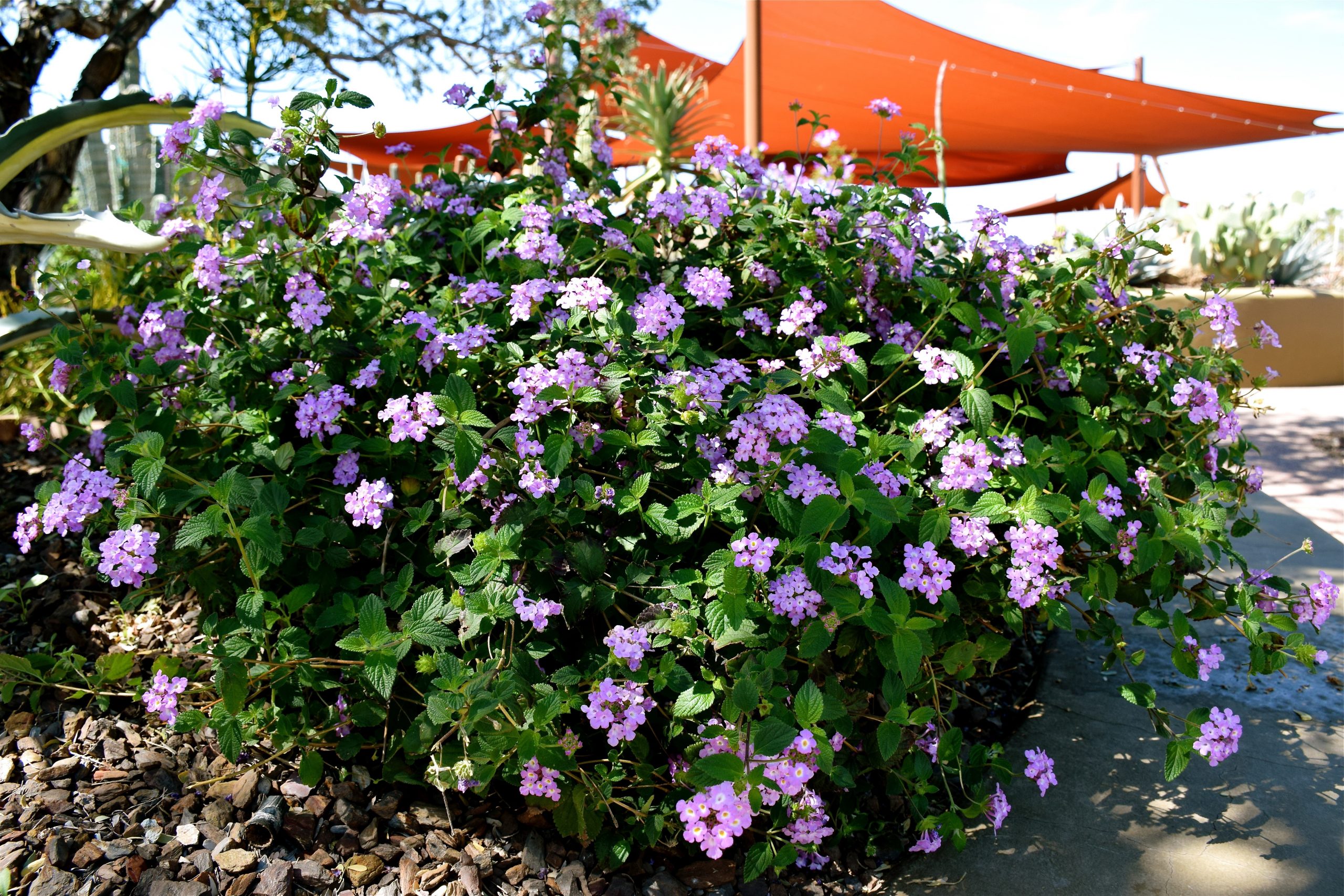
- Trailing Rosemary (Rosmarinus officinalis ‘Prostratus’) First, check whether the type of plant you see at the nursery grows into a shrub or is the “trailing rosemary” that is better suited for groundcover. Trailing rosemary is a hardy evergreen and has small blue flowers winter through spring. It is an edible herb that attracts bees.
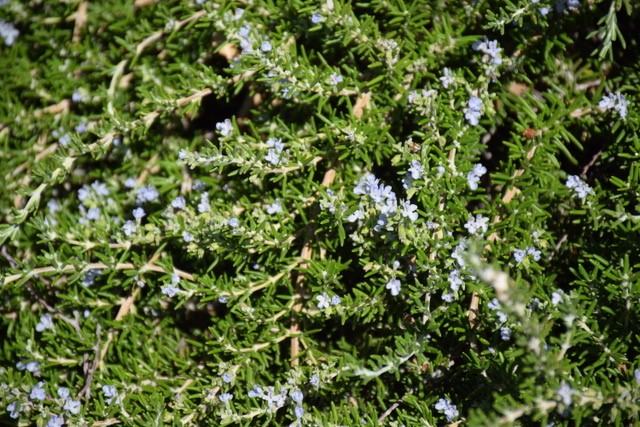
- Bush Morning Glory (Convolvulus cneorum) This fast-growing evergreen plant has silvery green leaves that create a beautiful setting for the other plants in your yard. It likes full sun and produces showy white flowers in the spring.
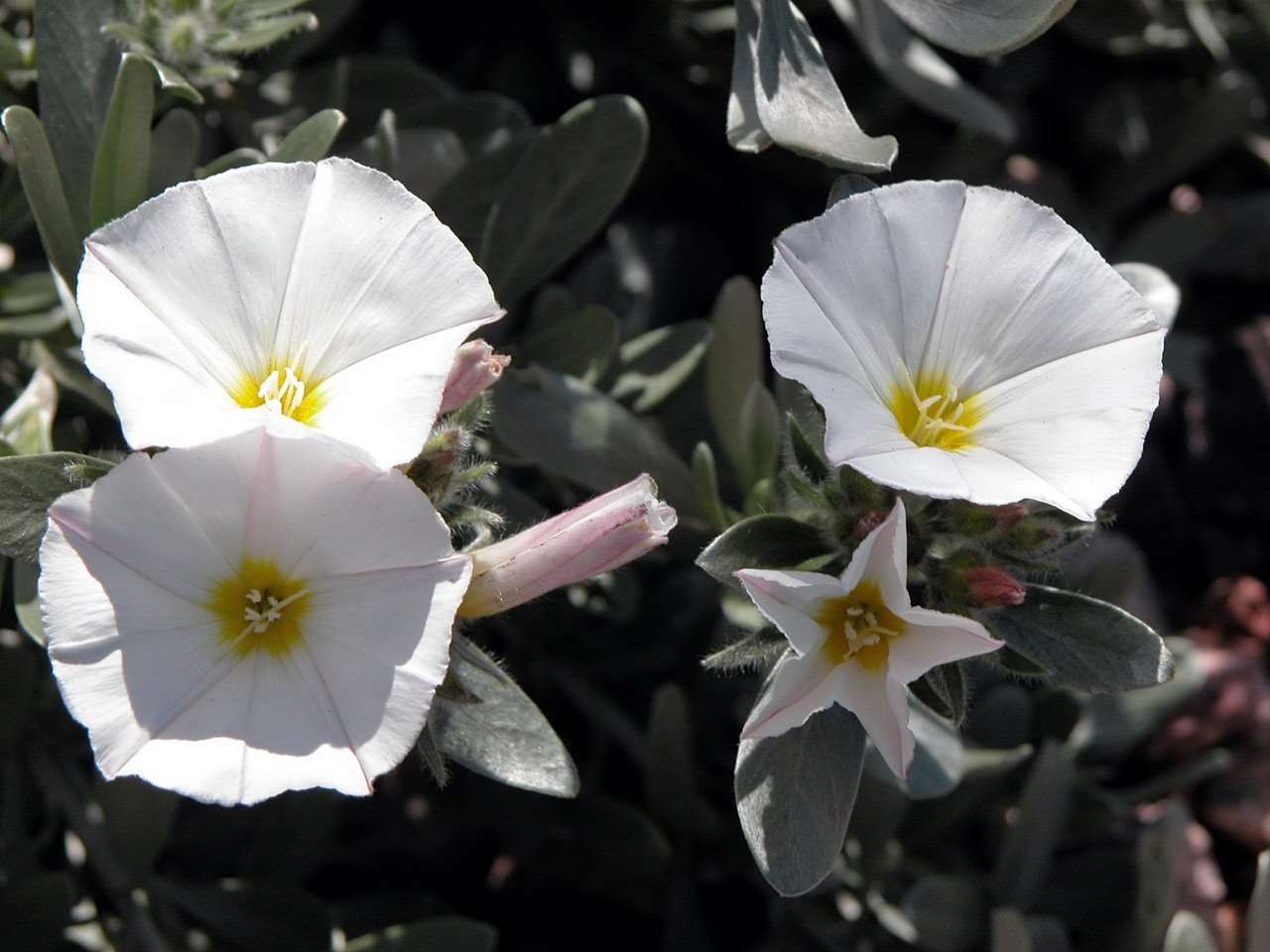
- Damianita (Chrysactinia mexicana) This hardy evergreen plant has dark foliage with yellow daisy-like flowers in spring and fall. It likes full sun and is great for around pools.
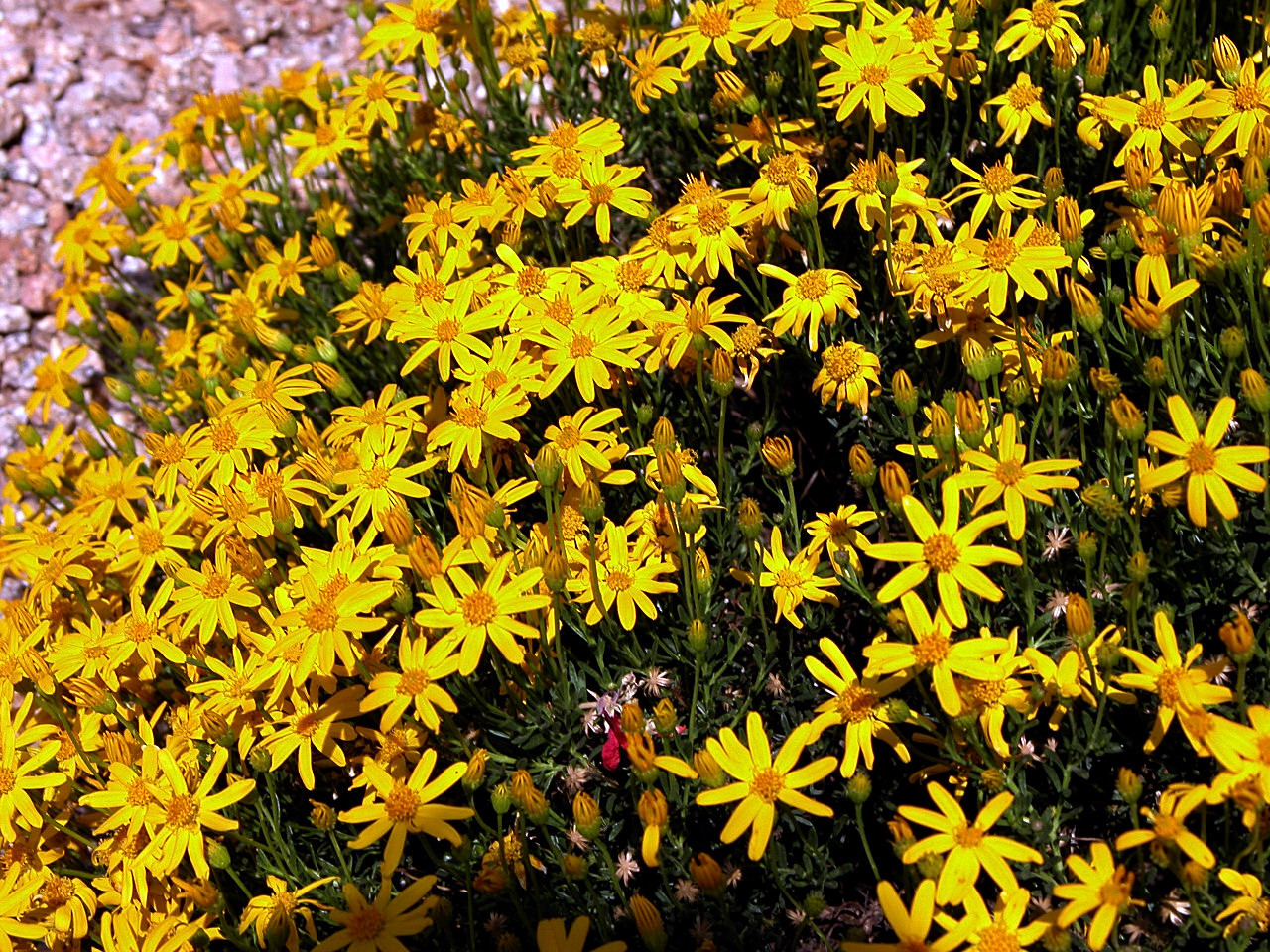
Visit the AMWUA plant selection guide to find the right groundcover for your yard. If you need help designing, selecting, planting or nurturing your desert landscape, AMWUA cities offer free landscape classes.
Did you know that up to 70 percent of water use is outdoors? That’s why we love desert plants and feature them each month. You can learn more about Ironwood and other plants on our Arizona Low-Water-Use Plants page. Visit our page on Choosing and Planting Low Water-Use Plants for tips on plant selection and how to plant properly. Also, be sure to read through all of our featured Plant of the Month blogs!
Three hand-picked articles to read next:
- Can You Over-water Your Plants in the Desert? We Asked a Local Plant Expert!
- Fall Planting — Wildflowers and More!
- Three Easy Steps to Keeping our Landscape Plants Happy
This blog originally appeared on April 3, 2017, and is being reprinted with permission. Arizona Municipal Water Users Association (AMWUA) is one of 20 Water – Use It Wisely partners to offer water-saving advice and programs.


